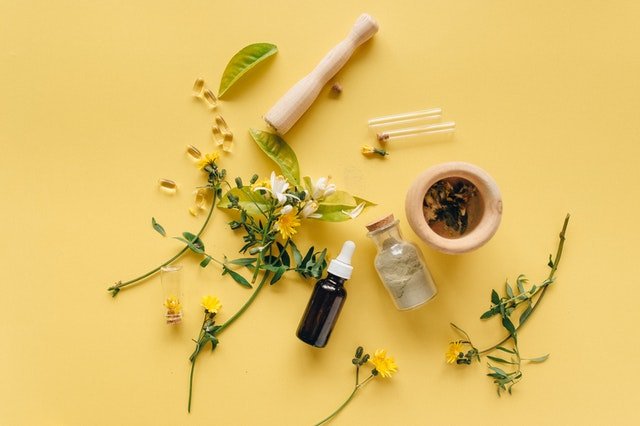
Homeopathic medicine makes use of natural substances to make its homeopathic remedies and is based on the principle that the like is cured by the like, principle of similarity that was already known to the father of Medicine, Hippocrates, who between 450 and 400 a.C. taught his disciples. Let’s find out more about homeopathic remedies and how they work.
How homeopathic remedies work
The symptoms that manifest themselves in the individual are treated with the same substance that causes them. For example, bee venom causes swelling and pain on the skin. Apis, a homeopathic product made from bees, is the right remedy to overcome these manifestations.
According to study the same substance that causes the disease, taken in homeopathic doses and subjected to the technique of “dynamization” is able to cure the patient. ù
This is how homeopathic remedies are born, products that are subjected to serial dilutions and succussions (or dynamizations) in water and alcohol. This method was initially proposed with the intention of increasing bioavailability by shredding and reducing, thanks to dilutions, the toxicity of substances, many of which were poisons.
Hahnemann observed what was not expected, namely an enhancement of the medicine’s ability to cure when given in very low doses. For this reason this process was also called potentization. In essence, a homeopathic remedy, to be considered as such, must derive from a diluted and dynamized substance. The term dynamization chosen by Hahnemann comes from the Greek dynamos, which means energy.
What are homeopathic remedies
The substances that are used for the preparation of homeopathic remedies, belong to the three kingdoms of Nature: vegetable, mineral and animal and, including the human one (in this case we speak of nosodes, preparations obtained from pathological material, for example, from samples taken from the pustules of a patient with a skin disease or from the mucous membrane of a patient with a respiratory disease).
So homeopathy is not simply the cure with herbs (or phytotherapy) and should not be confused even with naturopathy: the peculiarity of the homeopathic remedy is precisely the origin of the starting substance, belonging to all kingdoms, and to the characteristic dilution-dynamization process.
Their preparation must follow, as we have seen, a very precise protocol, tested and codified procedures, such as to guarantee their safety, non-toxicity, effectiveness. Homeopathic remedies are packaged in various ways. They are found in distribution in the form of granules, globules, drops, oral ampoules, tablets, capsules, eggs, suppositories, creams, ointments, eye drops, toothpastes and more.
The real homeopathic remedy is made so that in the bottle that contains it there is one and only one remedy (eg Sulfur 30CH); next to the name is written the dilution (D for decimal, CH for Centesimal Hahnemannian, K for Korsakoviana, LM for 50 thousandth).
There are also homeopathic complexes, a set of products, often at very low dilutions, given as symptomatic instead of drugs. Some do not consider them real homeopathic remedies.
To each individual his homeopathic remedy

Homeopathy classifies individuals according to similarity. The subdivision refers to that made by Hippocrates who appoints three basic homeopathic constitutions.
By constitution, homeopathy means all the characteristics of the subject in his psychophysical and physiological conditions: appetite, nutrition, feelings, intuition, thermoregulation, physical endurance, intelligence, and so on.
The constitution also identifies the genetic characteristics, providing a precise picture of the pathological predispositions of the subject. Genetically inherited psychological tendencies, on the other hand, indicate an underlying temperament of the individual, even if these are subject to inevitable changes due to the surrounding environment.
In homeopathy there are three main constitutions: carbonic, sulfuric, phosphoric.






